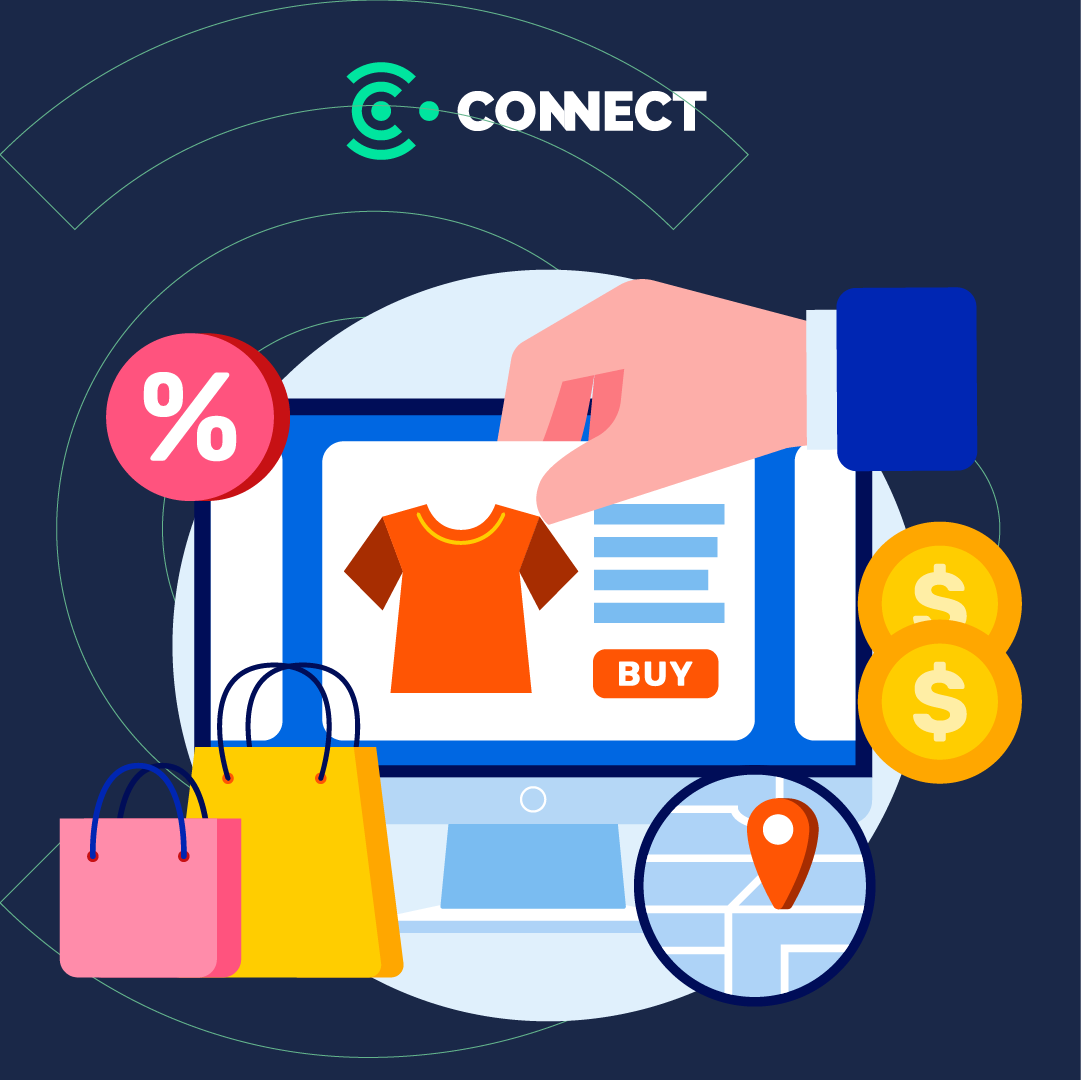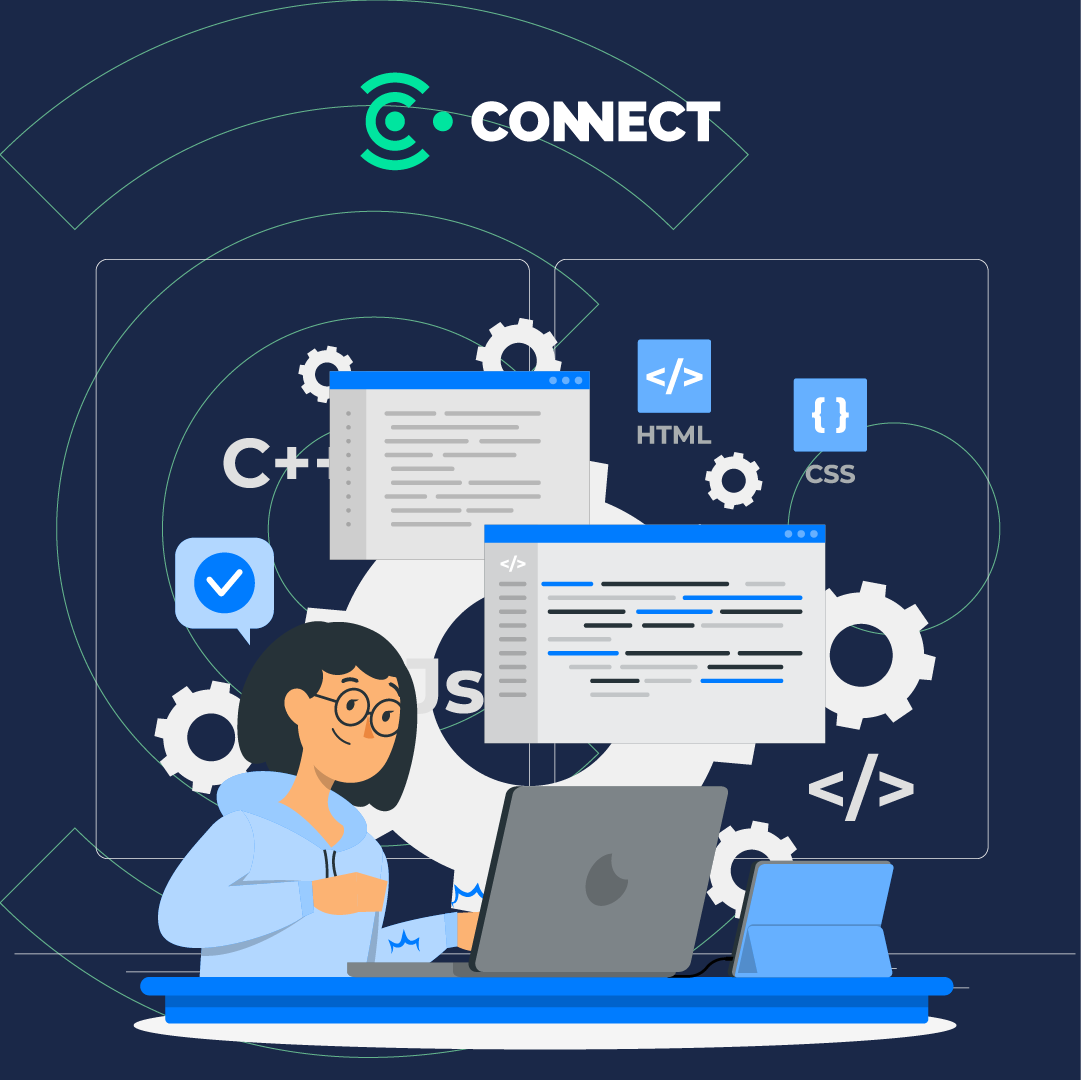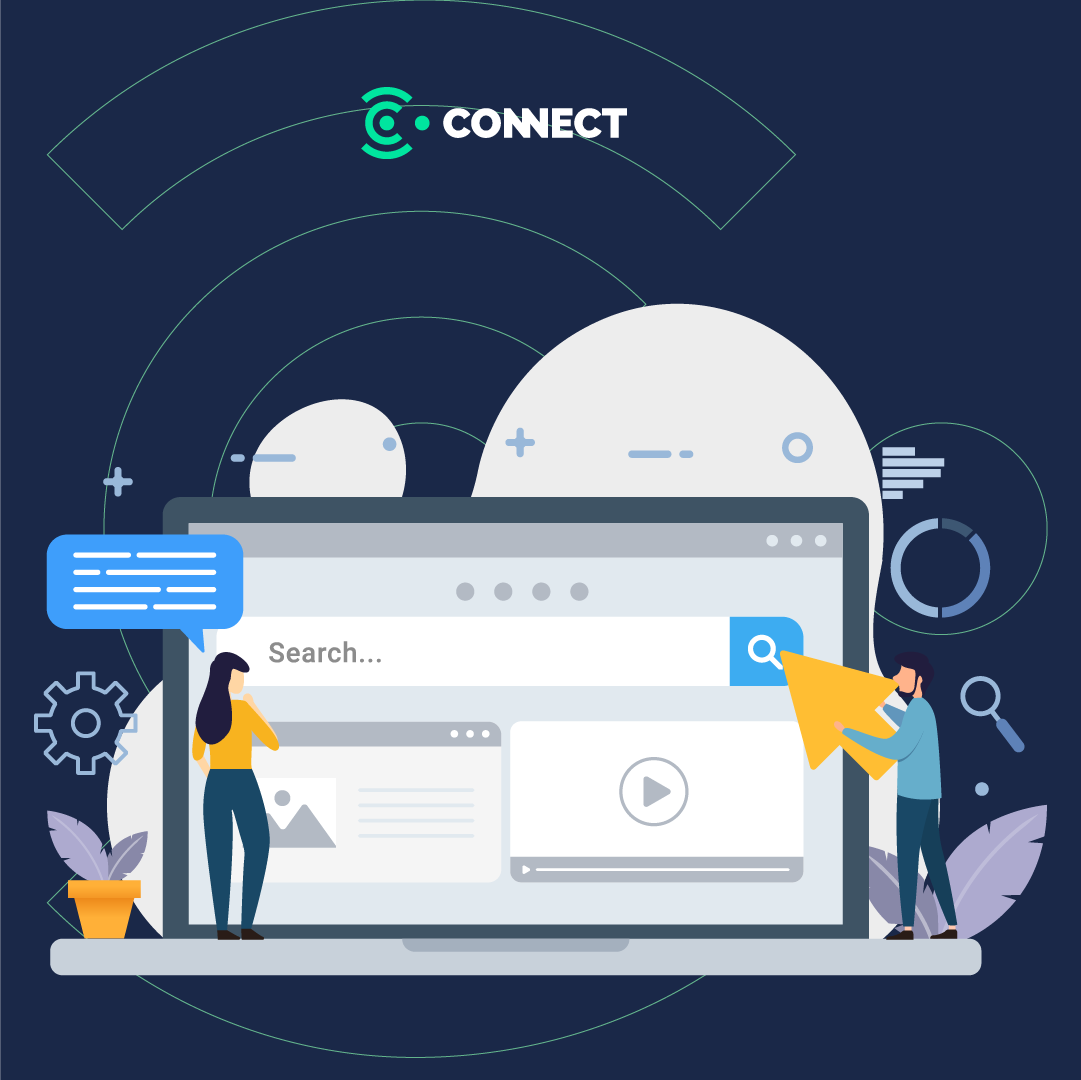Website interface design
The website interface is the visible part with which the user interacts, and it serves as the gateway to the website content and functions. Good website interface design is essential to ensuring a positive user experience and achieving website goals.
What is user interface design? What is its importance?
User interface (UI) design is defined as the process of creating a visual interface that a user interacts with while using a website or application. Good design makes it easier for the user to browse and use, and influences his purchasing decisions. The better his experience, the more convinced he is to use your site.
Importance of user interface design:
Improving user experience: A good user interface makes it easy for users to find the information they are looking for and use site functions easily.
Increase interaction: An attractive design that attracts users' attention and encourages them to interact with the site's content.
Brand Reinforcement: A consistent and distinctive website interface reflects the brand identity and helps differentiate it from competitors.
Increase sales: The website's user-friendly interface makes it easy for users to purchase products or services.
Features of good UI design:
Ease of use: The website interface should be easy to understand and use, even for novice users.
Clarity: All website interface elements should be clear and easy to read.
Consistency: All website interface elements must be consistent in terms of colors, fonts, and layout.
Aesthetics: The website interface should be attractive and beautiful.
Functionality: The website interface should provide all the functionality that users need.
UI design tips:
Put the user first: Design the site interface with users' needs and goals in mind.
Keep it simple: The site's simple interface is easy to use and makes it easy for users to find the information they are looking for.
Use colors and fonts effectively: Choose colors and fonts that fit the brand identity and are easy to read.
Use high-quality images: High-quality images make the site more attractive and help the site content stand out.
Pay attention to search engine optimization (SEO): Good website interface design helps improve the site’s ranking in search results.
How to design a website step by step
Designing a website requires precisely specific steps. Here's a step-by-step guide to designing a website:
1. Determine the purpose and goal:
Before starting the design, determine the main purpose and purpose of the site. What do you want to achieve through the site?
2. User study:
Understand the site's target audience, discover their needs, preferences and expectations from the user experience.
3. Preparing the site plan:
Create a site structure that includes main pages, subpages, and links between them, and choose an appropriate layout to organize the content.
4. Interface design:
Design the website interface using appropriate design tools, paying attention to consistency, ease of use, and visual appeal.
5. Content development:
Prepare the required content for each page on the site, ensuring that it is relevant to the target audience and supports the stated objectives.
6. Website building:
Using appropriate programming languages such as HTML, CSS and JavaScript, build the site structure and design and achieve the desired functionality.
7. Test and debug:
Thoroughly scan the site to ensure all functions are working properly, and correct any problems that arise during testing.
8. Website launch:
After ensuring that the site is ready, publish it online and release it for public use.
9. Maintenance and modernization:
Monitor and maintain the site regularly, updating content and design based on feedback and changes in needs.
10. Marketing and promotion:
Market the site to increase awareness and attract more visitors, and use appropriate promotion strategies to achieve continued success.
What is the difference between UI design and UX design?
User interface (UI) design is the process of creating a visual interface that a user interacts with while using a website or application. While user experience (UX) design is the process of improving the user's feeling while interacting with the website or application.
The difference between them can be likened to the difference between:
Home: The user interface is the exterior appearance of the home, while the user experience is your feeling of comfort and happiness while you are at home.
Book: The user interface is the cover of the book, while the user experience is the content and story of the book.
In general, it can be said that:
User interface design focuses on form and functionality.
User experience design focuses on feeling and feeling.
However, UI design and UX design are closely related to each other. A good user interface cannot be designed without considering the user experience, and vice versa.
Some examples of the difference between UI design and UX design:
User interface design: choosing colors, fonts, and images.
User experience design: ease of navigation on the website or application.
User Interface Design: Clear and easy-to-use buttons design.
User Experience Design: The user feels satisfied after using the website or application.
To design a successful website or app, designers must consider both user interface design and user experience design.
User interface design elements
The user interface consists of a set of elements that the user interacts with while using the website or application.
The most important elements of user interface design:
Fonts: Fonts should be clear and easy to read, and should be carefully chosen to match the brand identity.
Colors: Colors must be consistent and attractive, and must be used carefully to affect the user's feeling.
Images: Images must be of high quality and relevant to the content of the website or app.
Layout: The layout of the website or app should be easy to understand and logically organized.
Functionality: The functionality of the website or app should be easy to use and effective.
Responsiveness: The website or app must be compatible with all devices and screens.
Here are some additional elements that may be present in the user interface:
Buttons: Buttons are used to operate certain functions.
Text Fields: Text fields are used for data entry by the user.
Menus: Menus are used to display a set of options to the user.
Images: Images are used to display visual content to the user.
Videos: Videos are used to display visual content to the user.
Animation: Animation is used to make the user interface more attractive and interactive.
How do I get the UI I want?
Getting the user interface you want requires multiple steps:
1. Determine your needs and goals:
What UI functionality do you want?
What type of content do you want to display?
Who is your target audience?
What user experience do you want to achieve?
2. Find examples of user interfaces you like:
Browse websites and apps that have attractive and efficient user interfaces.
Select the elements you like about these interfaces.
Try to understand why these interfaces work.
3. Hire a UI designer:
If you don't have experience in UI design, hire a professional designer.
Make sure the designer understands your needs and goals.
Discuss with the designer your ideas and expectations.
4. Test the user interface with your target audience:
Ask some people from your target audience to try out the user interface.
Get their feedback on ease of use, functionality and overall design.
Make necessary adjustments to the user interface based on feedback.
5. Keep improving the user interface:
Remember that UI design is an ongoing process.
Follow site or app analytics to understand how users interact with the user interface.
Make modifications and updates to the user interface periodically to improve the user experience.



